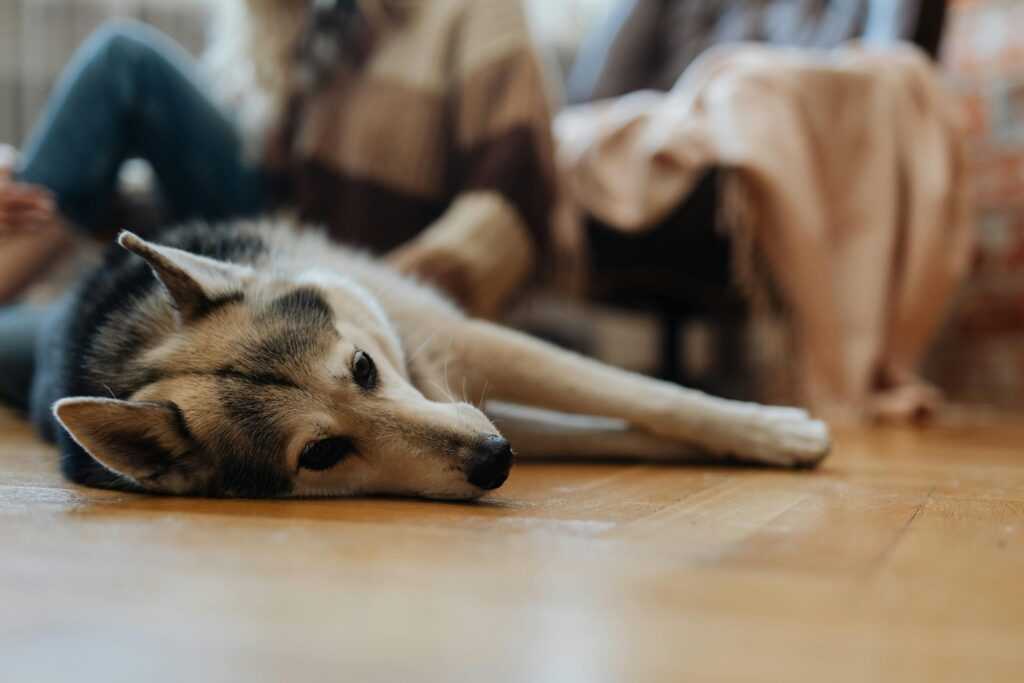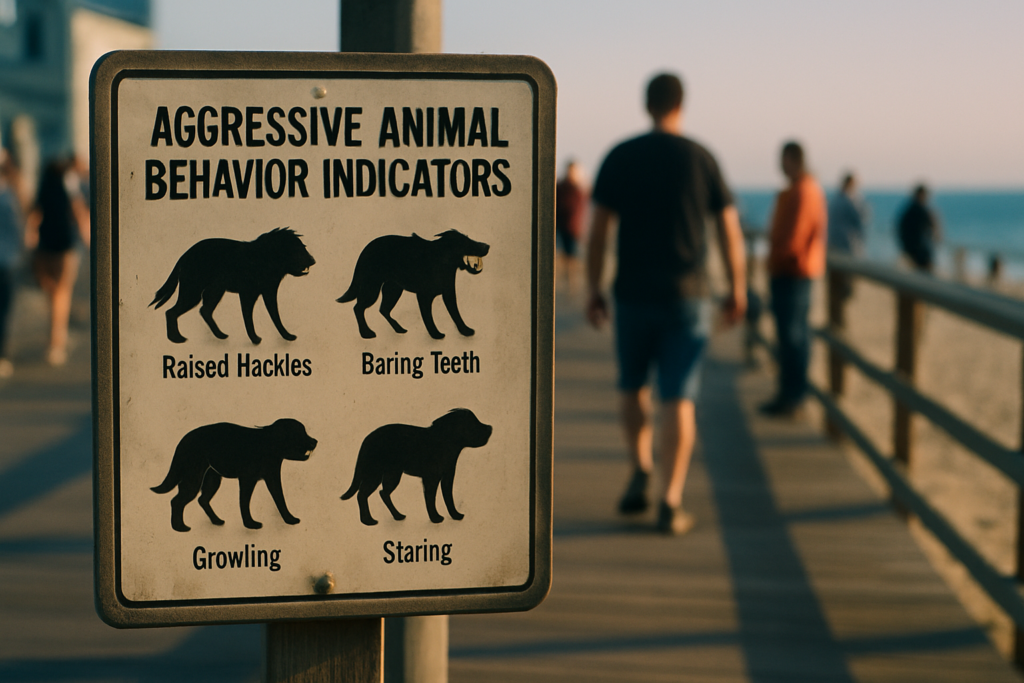Image by Kaboompics.com on Pexels
Just like humans, dogs experience anxiety, and it can manifest in excessive barking, restlessness, destructive behavior, or even aggression. If you’ve noticed signs of stress in your dog, there are simple and effective ways you can help them relax and feel secure again.
Create a Safe Space
Give your dog a dedicated calm zone. This can be a cozy crate with their favorite blanket, or a quiet corner with soft lighting and minimal noise. When anxiety strikes, your dog will instinctively retreat to this spot, knowing it’s a peaceful and protected environment.
Stick to a Routine
Dogs thrive on predictability. Feeding, walking, and bedtime should happen around the same time each day. A structured routine helps anxious dogs feel more secure because they learn what to expect, and when.
Use Calming Scents
Essential oils like lavender and chamomile can have a soothing effect on dogs. Use a pet-safe diffuser, or try a calming collar infused with natural scents. Always consult your vet before introducing new products to make sure they’re safe for your dog.
Try a Weighted Blanket or Anxiety Vest
Much like humans, dogs can benefit from deep pressure therapy. A snug-fitting anxiety vest or dog-weighted blanket can provide a comforting, swaddled feeling that reduces fear and panic. Use during fireworks, vet visits, or thunderstorms for best results.
Train Relaxation Commands
Teaching your dog specific commands like settle, relax, or place helps them associate those words with calm behavior. Start small, reward relaxed behavior on a mat or in their bed, and gradually build duration and distractions.
If you’re unsure where to begin or your dog’s anxiety is more severe, consider working with a professional. Experts in dog training Richmond VA often specialize in behavioral issues like fear, separation anxiety, and reactivity. They’ll help you build a personalized training plan that gets real results.
Use Positive Reinforcement
Instead of punishing anxious behavior, reward calmness. Every time your dog sits quietly or relaxes without prompting, offer a treat, praise, or a toy. Over time, your dog will learn that calm behavior brings rewards, and anxiety won’t be their default state.
Provide Daily Exercise
Physical activity can be a natural anxiety reliever. Make sure your dog gets enough exercise for their breed and energy level. A long walk, a game of fetch, or even agility training can help burn off nervous energy and keep your pup mentally balanced.
Practice Desensitization
If your dog gets anxious around certain triggers, like vacuum cleaners, bicycles, or loud noises, gradual exposure can help. Start at a distance where your dog feels safe, reward calmness, and slowly decrease the distance over time. Always move at your dog’s pace.
Offer Puzzle Toys and Chews
Mental stimulation can keep your dog focused and calm. Puzzle feeders, lick mats, and long-lasting chews give your dog something positive to focus on when anxiety starts creeping in. These tools are great for downtime, crate time, or while you’re away.
Stay Calm Yourself
Dogs pick up on your emotions. If you’re tense or frustrated, your dog may become more anxious. Stay relaxed and speak in a soothing voice when trying to comfort them. Your calm energy can help them regulate their emotions more effectively.
Endnote
Anxiety in dogs can be overwhelming, but with the right tools and support, you can help your furry companion feel safe, confident, and calm. Try a few of these techniques, and be patient as your dog learns to relax. Every small step makes a big difference.


